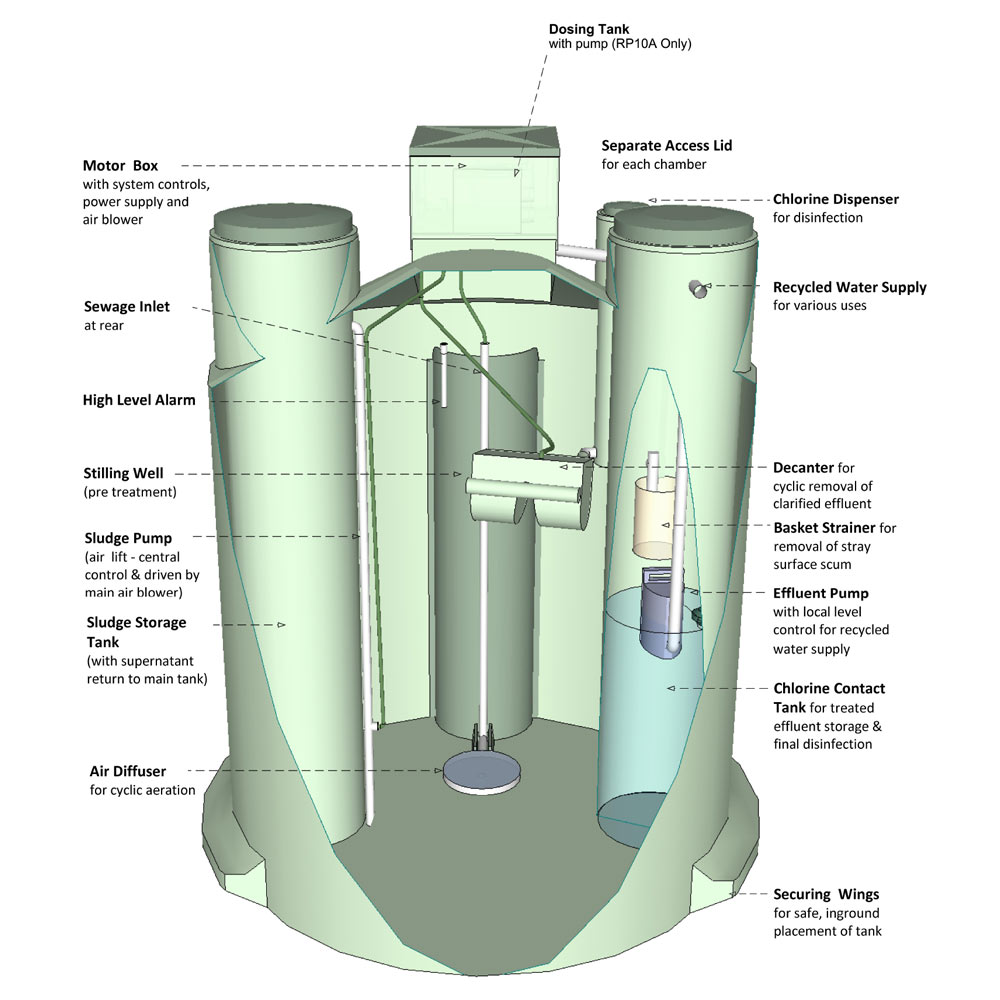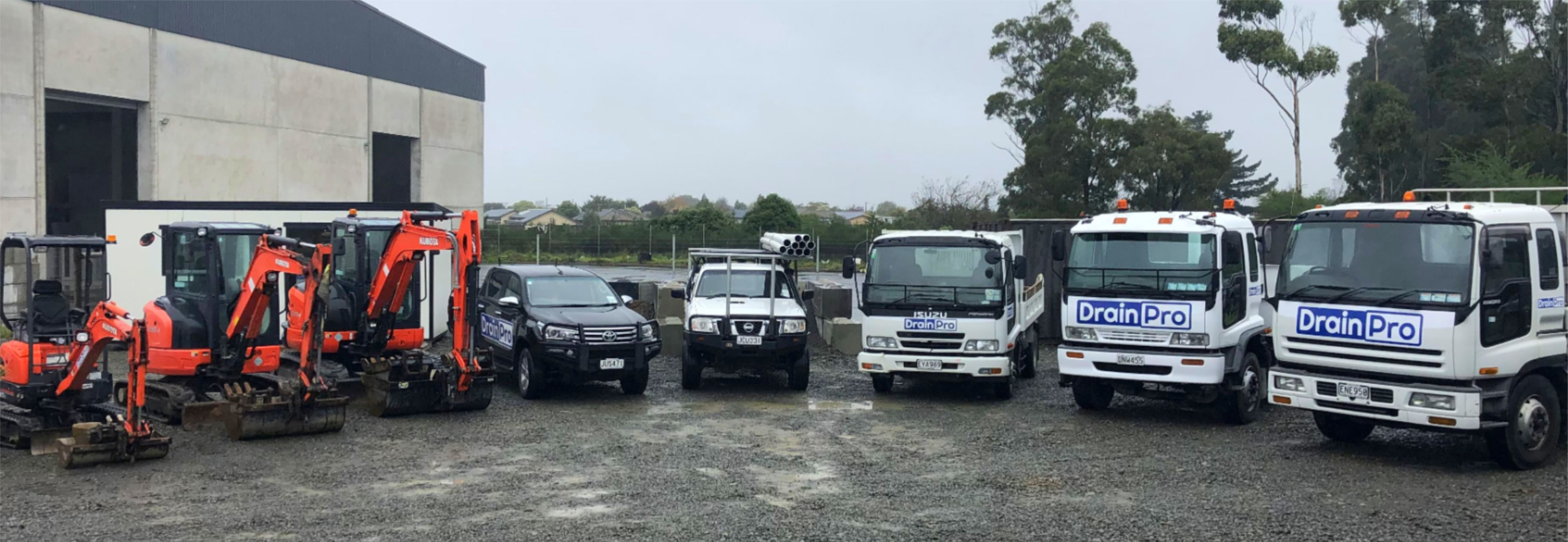Why you may have to install an AERATED water PLANT
Many councils in New Zealand will require an aerobic wastewater treatment plant rather than a septic tank, to ensure that your system removes pathogens and other harmful contaminants from wastewater, reducing the risk of waterborne diseases and protecting public health.
Septic tanks may not be deemed sufficient for wastewater treatment by councils in New Zealand due to their limited treatment capabilities. Septic tanks primarily rely on anaerobic processes, which are less effective at removing pollutants and pathogens from wastewater. Then, the partially-processed liquid portion of the wastewater flows out of the septic tank and into the surrounding land on your property. This frequently doe snot meet health and environmental standards.
On the other hand, an aerated wastewater treatment plant efficiently removes a much higher level of contaminants, pathogens, and nutrients from the wastewater than septic tank systems do. They are more effective and safer than septic tanks, offering several key advantages in terms of performance, efficiency, and environmental impact:












